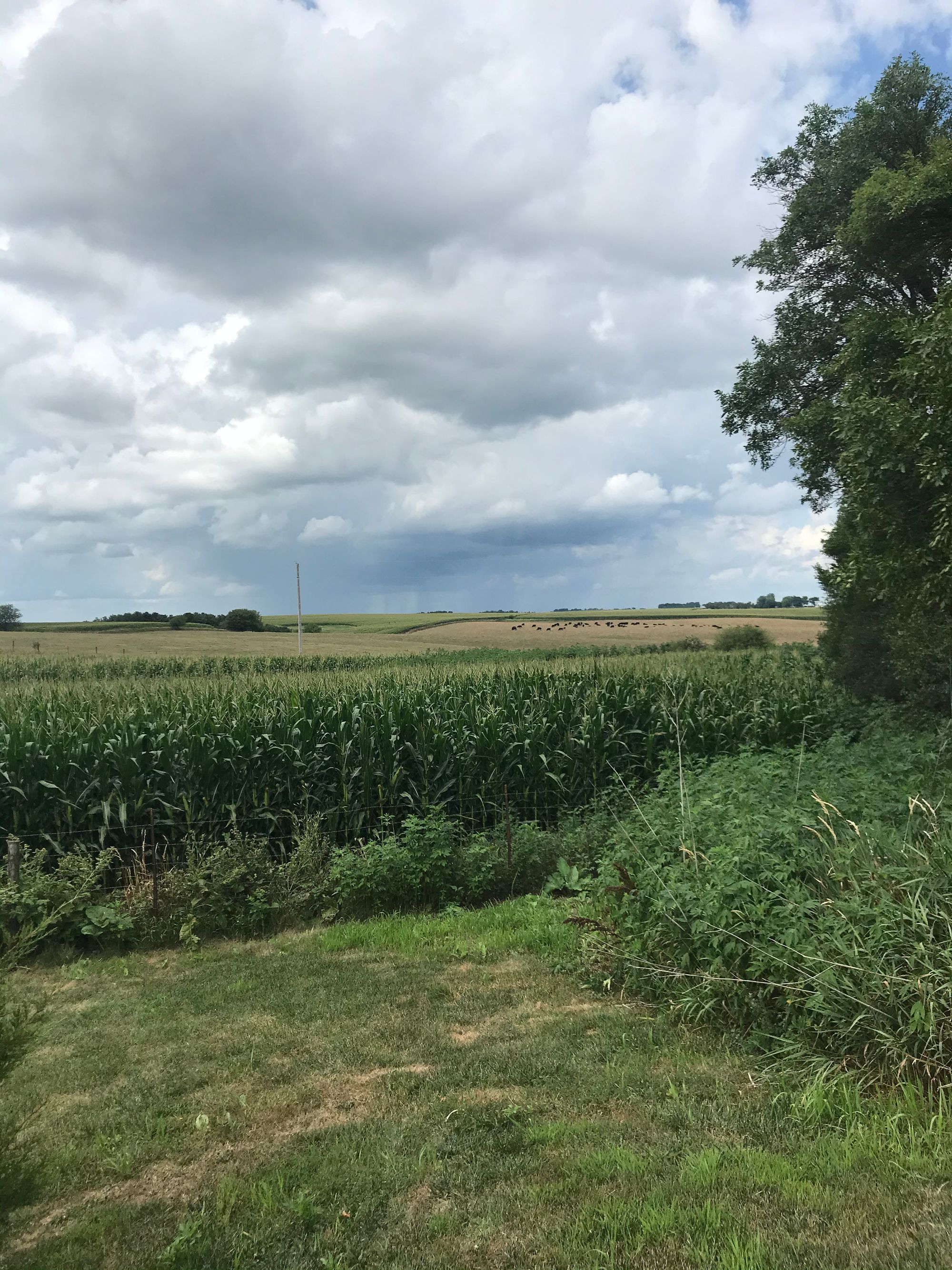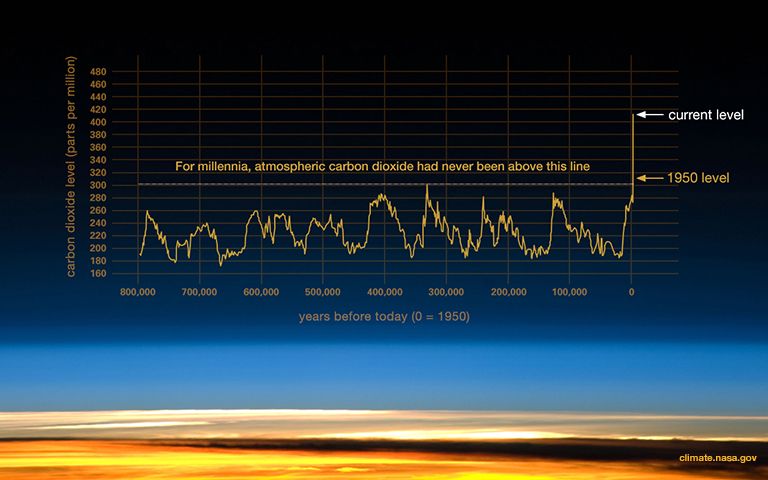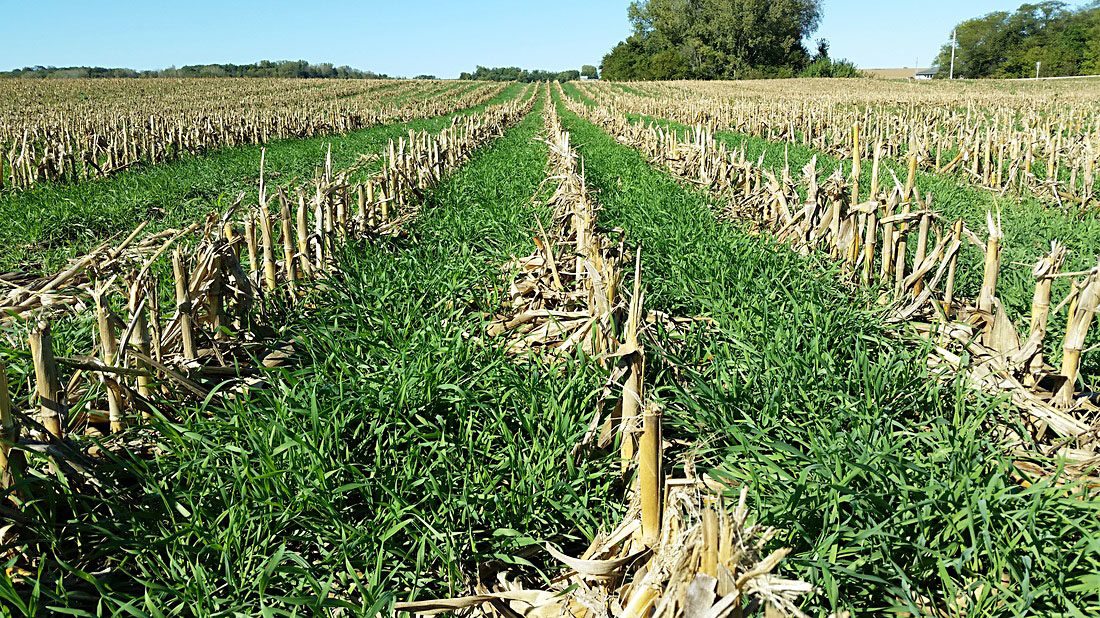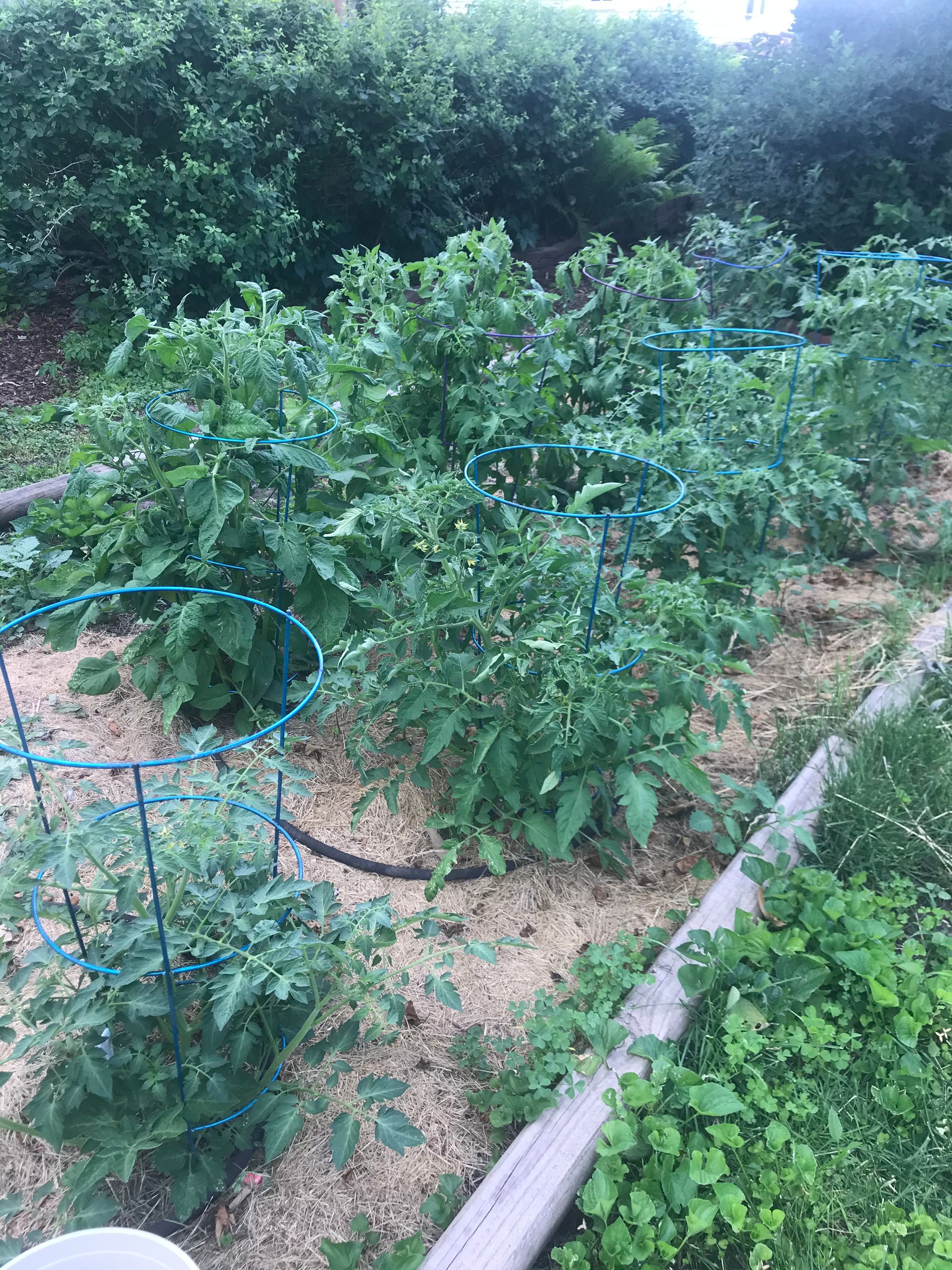We can reverse climate change?! You might ask why we haven’t started reversing climate change the second we realized we could. The answer is complicated. As humans, we have started to reverse it using carbon farming, but it’s not an EASY fix. It requires people to change, believe in climate change, and put trust in things that they might not be sure of. The answer is in the dirt-and with farmers and every day, normal people like you. Let’s get into the history.
Agriculture
For centuries people have abandoned the hunter-gatherer lifestyle and opted for a stationary, agricultural way of producing food. You know, think smarter not harder? The problem with this is soil depletion. Every crop takes nutrients away from the soil in order to photosynthesize and have enough energy to produce a harvest. Many conventional (or traditional) farmers have found somewhat of a solution for this problem called crop rotation. It is exactly what it sounds like. Farmers will plant different plants on the plot of land each year, rotating which crop will be in what area each season. For example, conventional farmers who grow corn, soybeans, and alfalfa might grow corn on the first acre, soybeans on the second acre, and alfalfa on the third acre for the first season. The next season they will rotate those crops, putting alfalfa on the first acre, corn on the second, and soybeans on the third the next year, in order to restore some nutrients to the soil. While crop rotation is effective in certain mediums to combat soil depletion, it does not help much to combat climate change. The most pressing issue in climate change is the amount of CO2 in the atmosphere.

Carbon Dioxide in the Atmosphere
When carbon is released, it floats up into the atmosphere, encasing the earth in a gas bubble. This carbon dioxide gas “bubble” increases the core temperature of the earth when the sunlight beams through. The fuller the “bubble” the higher the temperature. This is problematic because of the sheer amount of carbon dioxide in our atmosphere due to the release of carbon via fossil fuels, livestock, and deforestation. But can’t we just plant a ton of trees that will feed off the carbon in the air? Unfortunately, it’s not that simple. Planting trees will help and can make a significant impact in our air quality, it is not the complete fix we need. The problem (and solution) is much more complex than that. While there are an immense amount of reasons why carbon is being released into our atmosphere, there are a few that contribute more than their fair share. Fossil fuels contribute a significant amount of carbon into the air as most of us are aware. This fact is made clear if you look at a history of carbon dioxide in the atmosphere.

Other Sources of Carbon
Other extremely impactful forms of carbon emission are livestock and, believe it or not, conventional agricultural practices. The way agriculture is traditionally done is by plowing up acres and acres of land and then planting seeds in the bare soil. You might think that planting any type of plant, especially over vast areas such as farmland, might be good for the environment. Planting plants or crops ARE good, but there is a catch. What truly matters is HOW those crops and plants are planted and how much bare dirt is in the plot. Why that matters is because our soil is a huge storage for carbon. When carbon reacts with oxygen it becomes carbon dioxide and contributes to the carbon emission into our atmosphere. So, every time the soil is disturbed and turned up into the air, carbon is being released from the ground and reacting with the air to form carbon dioxide. Not only are we losing precious carbon in our soils but we are adding to the amount of CO2 in our atmosphere. Is this a necessary evil in order to produce the food the world so desperately needs? No! There is a way to produce the same amount of food, perhaps even more, without the use of a tiller and a large swath of bare dirt within the plots.
“No Till” Farming
In conventional agriculture there is a large percentage of bare topsoil between the crops and where crops fail to germinate. This can lead to flooding, loss of important nutrients, and is just an ineffective use of our precious soil. In order to make agriculture much more efficient in both the protection of our carbon in the soil and the production of food, some farmers are switching to a “no till” system where they do not till the ground. This is beneficial to them (and the earth!) because it doesn’t expose the carbon in the soil to the air, decreasing the release carbon dioxide into our atmosphere. It keeps the precious nutrient carbon in the soil, keeping the soil rich and well suited for plant life. In addition to not tilling, in order to keep the ground covered (therefore protected) and allow it to absorb water in the case of flooding, many farmers are beginning to use ground or crop cover between their crops. Farmers will plant groundcover that releases the nutrients that their crop needs and uses up the nutrients their crop doesn’t. This is used in conjunction with no till farming because it protects the topsoil from erosion as well as keeping the important nutrients in the soil.

Carbon Farming & Carbon Sinks
Many farmers who have employed the use of no till farming and groundcover have turned their farms into much more than just a normal food-production farm. They have become carbon farmers. The practices they use to produce food have turned their farms into carbon sinks. A carbon sink is an area of land in which the amount of carbon produced is far lower than the amount of carbon it absorbs or takes away from the atmosphere. Isn’t that cool? If a piece of land is used efficiently, it can produce food, provide pollination, and remove carbon from the air! The groundcover around the crops can be used to attract more pollinators, provide nesting for animals, and in some cases, act as a natural deterrent for pests (if the correct plants are used) as well as help draw carbon from the air into the soil, creating a natural, rich, nutrient-dense soil.

How Can You Turn Your Space into a Carbon Sink?
You might think that the only way you can truly make a difference is to own a farm or a large plot of land. That is simply not true. You can turn practically any space into a carbon sink. It might require changing parts of your life, moving some things around, but it is possible and it is so easy. What you can do:
1. Stop putting your produce in the trash. Use a composting bin or put it in your yard waste instead.
When produce scraps are put in the trash, they are surrounded by things that take years and years to decompose, especially when put in a plastic trash bag. Put your scraps in a compost bin so that it can become nutrients for the microbes in our soil as well as rich soil to be used in your garden or someone else’s.
2. Plant as many plants as you can, prioritizing native plants.
Plants like trees, bushes, and even vegetable plants feed off the carbon in the air and expel oxygen. Native Plants typically have a deeper root system, penetrating into the soil and are host plants for pollinators.
3. Disrupt the soil as little as possible.
If you have a garden try to avoid tilling. Long before humans adopted the farming lifestyle food was produced, insects thrived and soil was stored safely in the soil.
4. Get rid of your lawn.
Grass is ornamental. While grass is a plant and does draw some carbon out of the atmosphere, it is largely in inefficient use of land. It provides little to no food, shelter, or ecological use. If it’s possible, take some of the space you have dedicated for your lawn and use it to plant vegetables, native flowers, or trees and bushes.
5. Use your lawn scraps effectively.
Instead of simply tossing your grass clippings, spread them underneath your trees, bushes, or between your plants in your garden. They will be broken down and used to improve the nutrients in the soil as well as protect the top soil.

There’s little steps you can take to help improve the state of our world. If everyone were to take these little steps then our carbon dioxide levels in the atmosphere would plummet and global warming would improve. Improvement IS possible.
Much of the information I got to write this blog was from the documentary called Kiss the Ground (on Netflix) as well as the book The Soil Will Save Us by Kristin Ohlson.
The link to purchase the book can be found below:
http://www.amazon.com/dp/1609615549/ref=nosim?tag=22220fb-20
